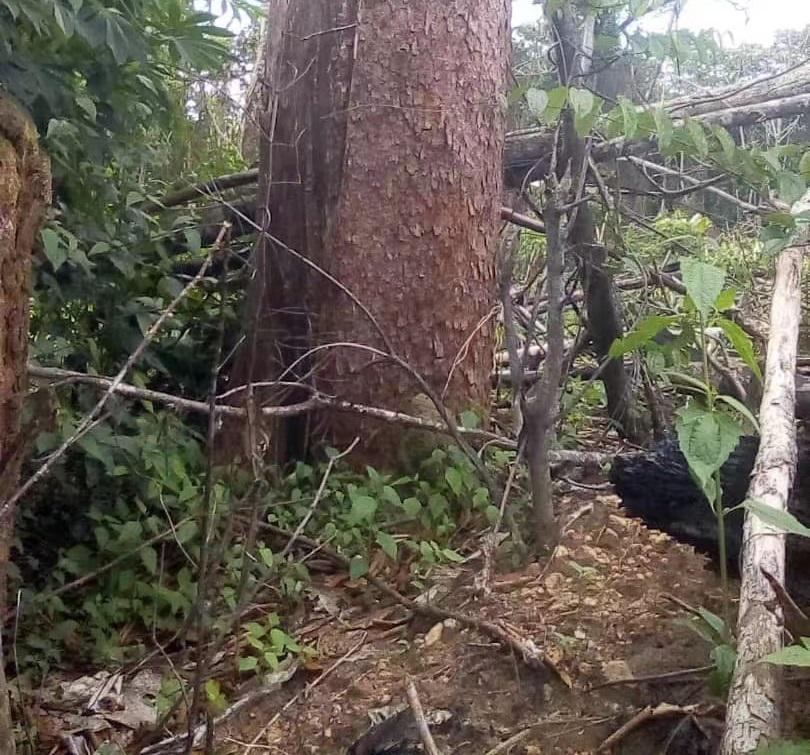Oyetola Oyebanji
Other projects
11 Jan 2025
Improving Sustainable Conservation of Red Ironwood Within Communities Surrounding Some Protected Areas in Nigeria
The Cross River National Park (CRNP) is one of the oldest tropical lowland forests in the southern part of Nigeria. This park contains many endemic, indigenous, and conservation priority species, including the species we are targeting, Lophira alata Banks ex Gaertn. (Ochnaceae)ꟷcommonly known as the red ironwood tree (Ekki in Nigeria) and one of the African giant trees. The red ironwood could be micro-endemic because of the restriction to limited area of occupancy contrasting the thought that it may occur in equivalent ecosystems in Southern Nigeria. Generally, the shift in the paradigm of the vegetation within the CRNP is often associated with human activities and may have affected the distribution of the focal species because it is highly economically important at both global and local scales. Locally, the red ironwood is used for furniture making and constructions because of its hardwood properties. Medicinally, the powdered bark, mixed with palm oil and mineral salt is used to treatment cough and fever. The red ironwood is experiencing threats arising from human activities such as deforestation, habitat conversion, and overexploitation.

Juvenile of Lophira alata growing in a disturbed vegetation within the study area.
Further, the natural regeneration or growth of the focal species is slow and poor. These would have consequentially threatened L. alata in its natural habitat and punctuated its conservation status as “Vulnerable”, according to the International Union for Conservation of Nature and Natural Resources (IUCN) which was last updated in 1998. This calls for exciting research to investigate the ecological circumstance of the red ironwood in CRNP. Therefore, the current study aims to re-assess the distribution status, reintroduce the species into its natural habitats, conducts conservation education, as well as the prediction of the suitable habitat and range expansion of L. alata. Together, the outcome of this project will aid the establishment of effective species protection action plan and conservation of the red ironwood.